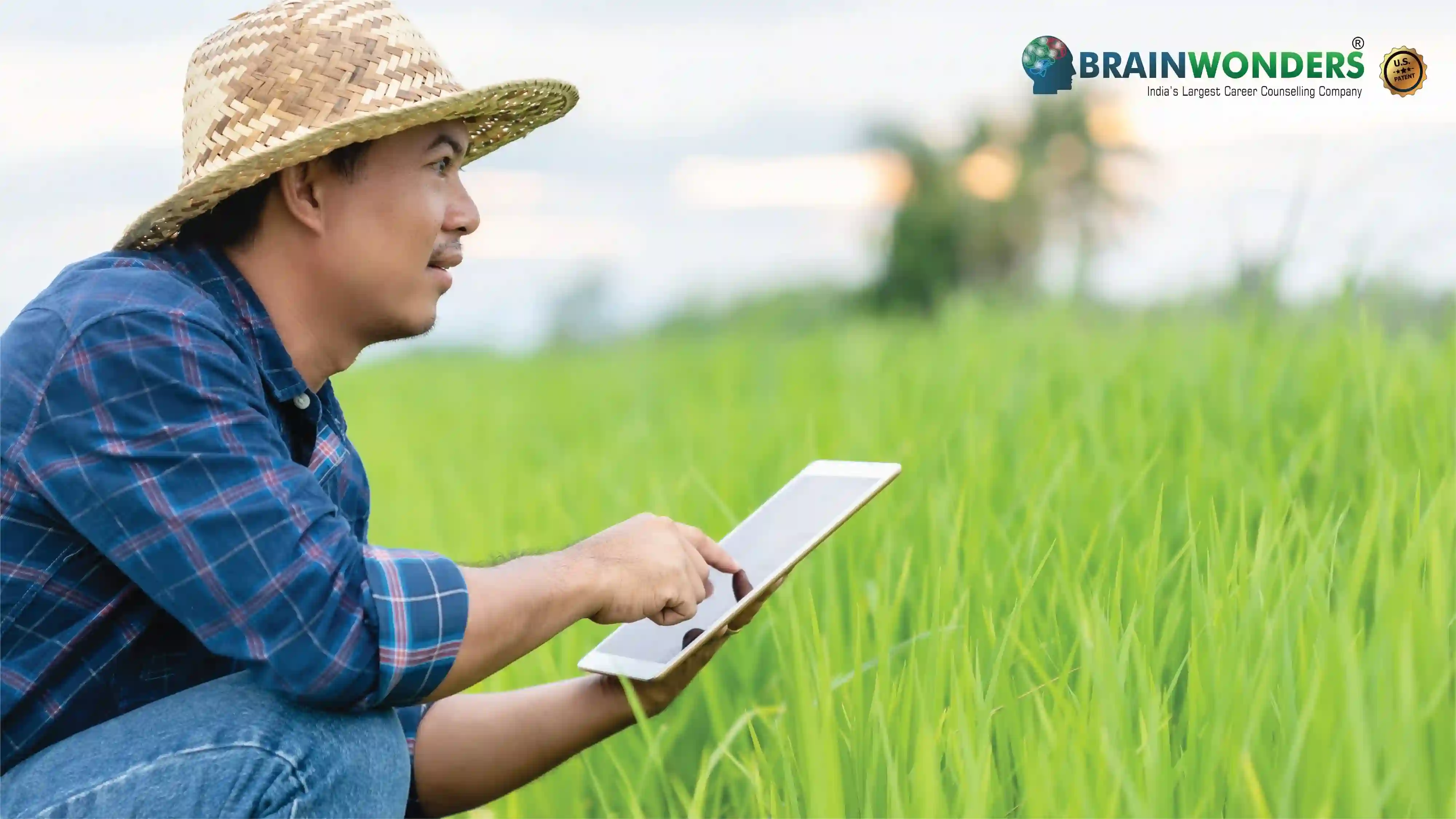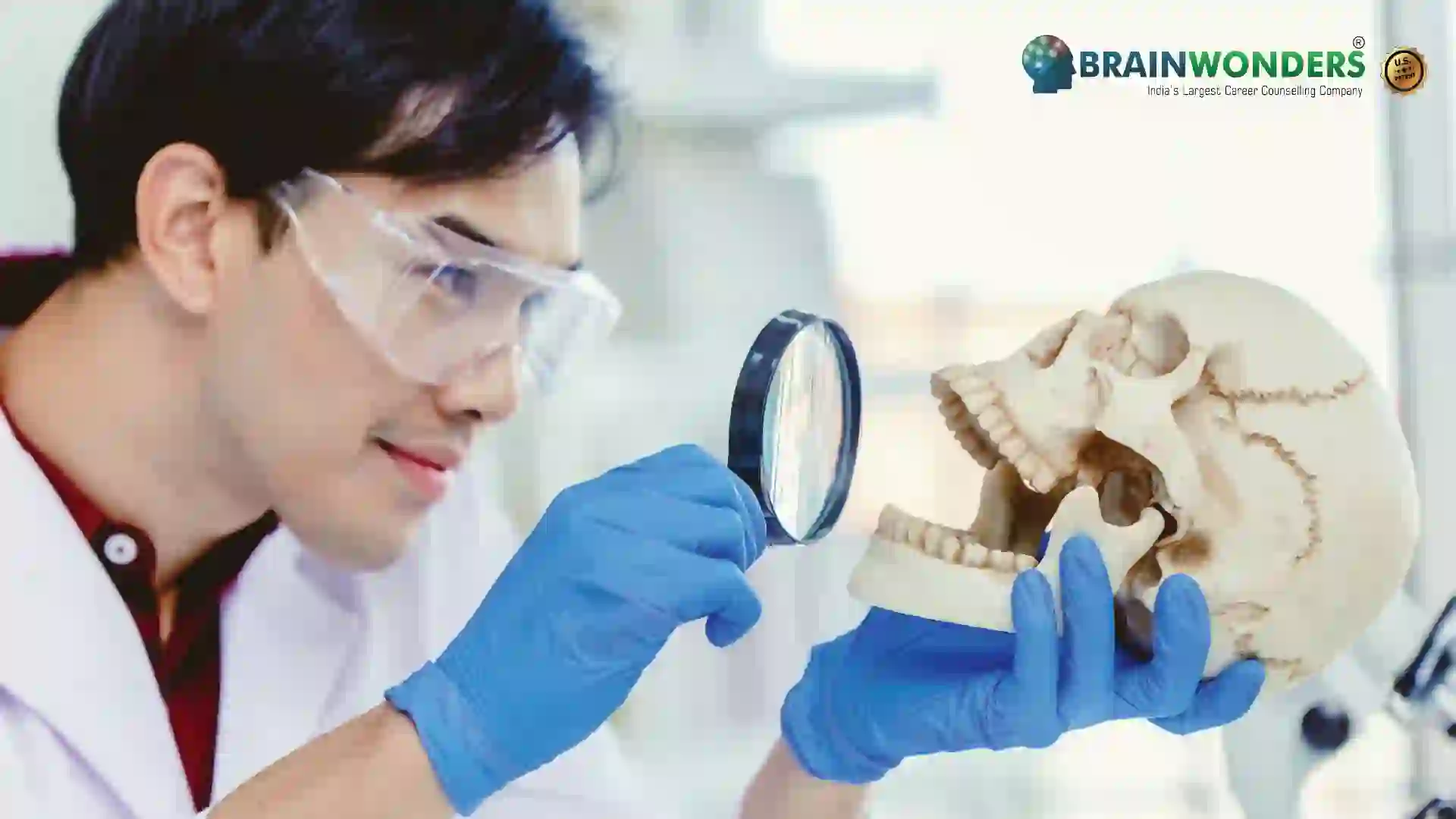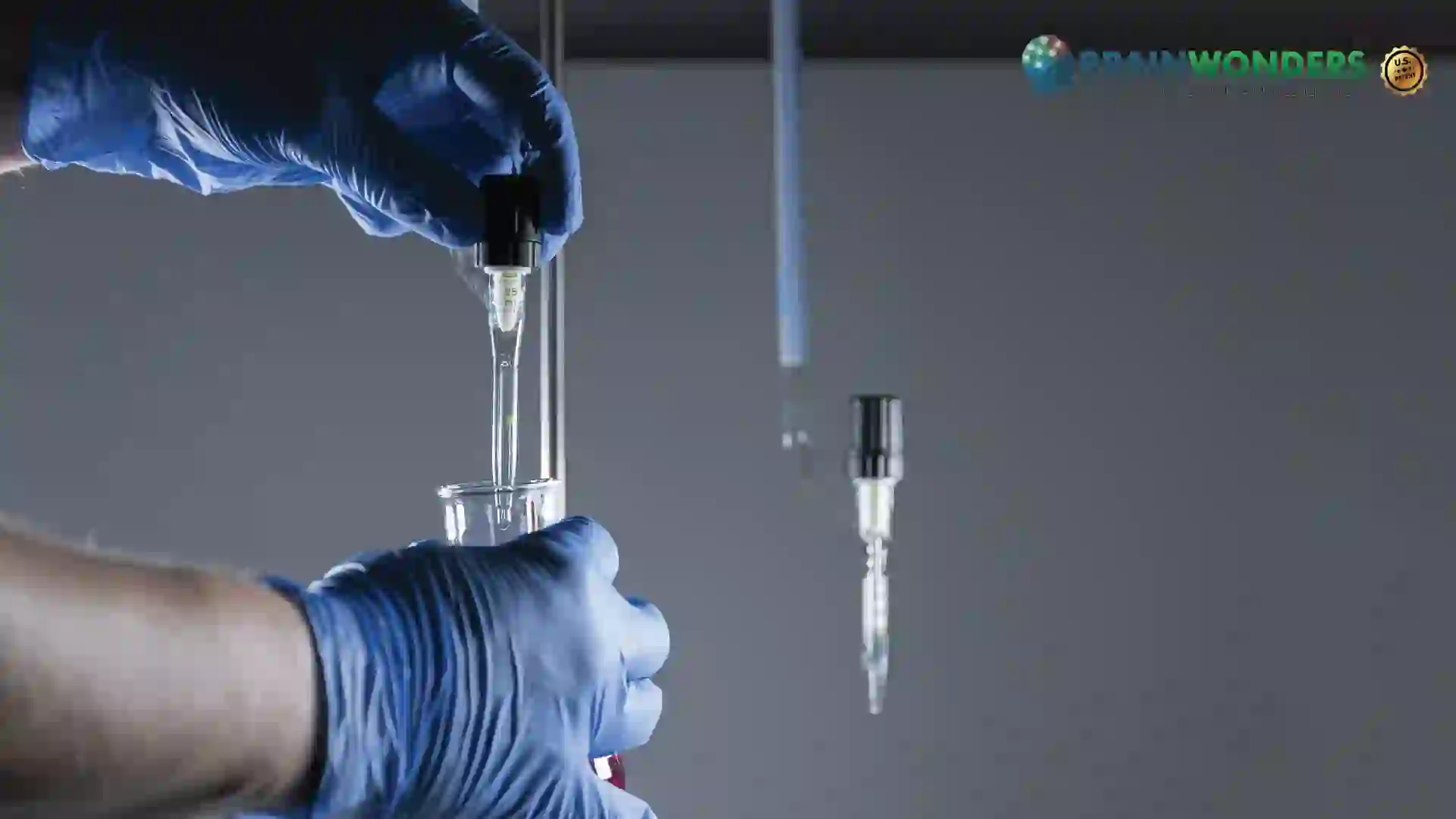How to become a Biostatistician
Overview, Courses, Exam, Colleges, Pathways, Salary

Overview
Who is Biostatistician ?
A Biostatistician is a person who applies mathematics and statistics to varying categories in biology. They design experiments primarily in the field of agriculture and medicine; they collect, dissect, and summarize the data, and release information based on the findings of that data. They are a critical addition to any research team, and are often involved in the writing of papers on groundbreaking topics and research.
Biostatistics is a specialized branch of the field of statistics that gathers and analyses data concerning living organisms. Biostatisticians analyze data and information on living organisms gathered during medical research to draw conclusions or make predictions. Biostatisticians apply the methodological principles to scientific and public health studies. Studies of new or experimental treatments, or linkages, for example, between different lifestyles and diseases, are typically based on data calculated by Biostatisticians.
Typical day at work
What does Biostatistician do?
Job description, Profiles, Roles and Duties:
- Have proficient knowledge of statistics, maths and computer science to scrutinize large data sets
- Use statistical methods to analyze health, pharmaceutical and biomedical issues and trends
- Carrying out fieldwork and data collection
- Participate in the design of studies, the sample size, how best to accurately collect data and how to measure it
- Lead the planning, review and evaluation of studies about the project
- Connect to and improve complex databases and data processing program
- Throughout the execution of the clinical trial, some may track how the research is performed so as not to undermine the credibility of the findings
- Create methodological strategies and perform data sets review
- Develop new algorithms, statistical methods, and approaches so that results can be applied by working groups and stakeholders
- Provide partners with statistical expertise and peer teaching
- Build and criticize scientific manuscripts and applications for grants
- Ensure that the design, planning, data analysis, modelling and projection systems and methods, associated documentation and development meet the objectives of the institution
- Sometimes take rough data from other studies and "clean it up" to make it useful by editing potentially misleading information
- Assist and advise team members in their statistical investigations
- Establishing valid and efficient statistical protocols
- Establishing effective and valid statistical protocols
- Writing research proposals and passing on their results to the scientific community
- Review the clinical studies and other statistical and data management documents to ensure they are correct
Abilities and Aptitude needed
What are the skills, abilities & aptitude needed to become Biostatistician?
Mathematics is the application of mathematics to the solution of problems. Reading Comprehension is the ability to comprehend written sentences and paragraphs in work-related documents. Critical thinking entails using logic and reasoning to assess the strengths and weaknesses of various solutions, conclusions, or approaches to problems. Science is the application of scientific principles and methods to the solution of problems. Complex Problem Solving entails identifying complex problems and reviewing relevant information in order to develop, evaluate, and implement solutions.
Understanding the implications of new information for current and future problem-solving and decision-making is an example of active learning. Active listening entails paying close attention to what others are saying, taking the time to understand the points being made, asking questions as needed, and refraining from interrupting at inappropriate times. Writing - Effectively communicating in writing as appropriate for the needs of the audience. Speaking entails conversing with others in order to effectively convey information.
Decision Making and Judgment - Considering the relative costs and benefits of potential actions to select the best one. Systems analysis is the process of determining how a system should operate and how changes in conditions, operations, and the environment will affect the outcome. Programming is the creation of computer programmes for a variety of purposes. Learning Strategies are the methods and procedures for selecting and implementing training/instructional methods and procedures that are appropriate for the situation when learning or teaching new things.
Instructing entails instructing others on how to do something. Monitoring entails keeping track of and evaluating your own, other people's, or organisations' performance in order to make improvements or take corrective action. Systems evaluation entails identifying measures or indicators of system performance as well as the actions required to improve or correct performance in relation to the system's goals. Time Management entails managing one's own time as well as the time of others. Coordination is the process of adjusting one's actions in relation to the actions of others.
Operations Analysis is the process of analysing needs and product requirements in order to create a design. Social Perceptiveness entails being aware of other people's reactions and comprehending why they react the way they do. Personnel Resource Management entails motivating, developing, and directing employees while also identifying the best people for the job. Service Orientation entails actively seeking ways to assist others. Persuasion is the process of persuading others to change their minds or behaviour.
Pathways
How to become an Biostatistician?
Entrance Exam
Entrance Exam for Biostatistician ?
Courses
Which course I can pursue?
Best Colleges
Which are the best colleges to attend to become an Biostatistician?
Industries
Which Industries are open for Biostatistician?
- Data analysis
- Pharmaceutical companies
- Research firms
- Hospitals
- Forensic Departments
- Military
- Educational institutes
- Consultancy
internship
Are there internships available for Biostatistician?
Take the opportunity to work under a professional and work for your interest within statistics. It will allow you to have a practical learning and will also give you contacts for future reference.
Career outlook
What does the future look like for Biostatistician?
Because statistical analysis is increasingly used to make informed healthcare decisions, job growth in biostatistics is booming. Faced with an ageing population in the United States, the biomedical market requires biostatisticians to develop new drugs, medical equipment, and clinical trials. Pharmaceutical manufacturers must conduct research in order to obtain FDA approval. As R&D funds in the life sciences increase, data analysis and programming skills are highly valued.
According to the Bureau of Labor Statistics, employment growth for biostatisticians will be 34 percent faster than the national average. Approximately 10,100 statistical positions are expected to be created across the country by 2024. Biostatisticians can apply for jobs at biological research companies, universities, general or specialty hospitals, public health departments, government agencies such as the Centers for Disease Control and Prevention, and pharmaceutical corporations.






